The three kingdoms that ruled the Korean peninsula in this period were the Silla, Goguryeo, and Baekje.
57 B.C.E.–676 C.E.

The three kingdoms that ruled the Korean peninsula in this period were the Silla, Goguryeo, and Baekje.
57 B.C.E.–676 C.E.
We're adding new content all the time!
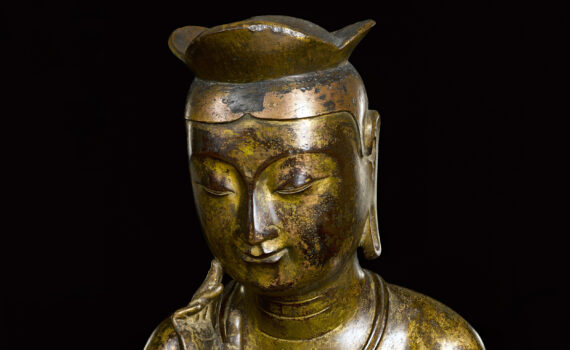
Elegant and serene, this bodhisattva sculpture demonstrates the development of Buddhist sculpture in Korea.
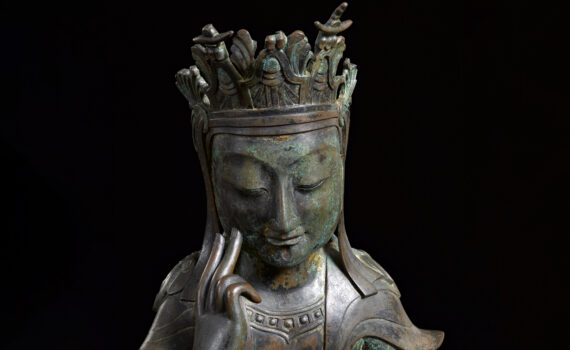
With a quaint smile, natural pose, and exemplary casting, this statue combines ideal qualities of a pensive bodhisattva sculpture.
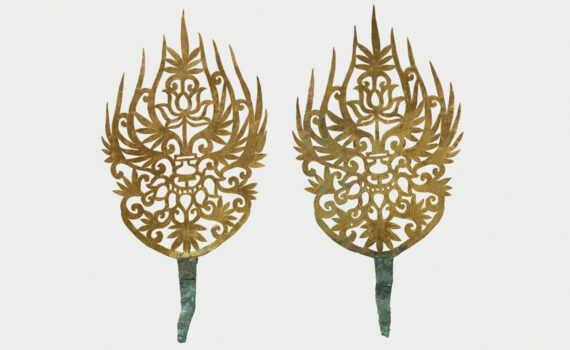
These gold crown ornaments are among the 4,600 artifacts recovered during the excavation of King Muryeong's Tomb
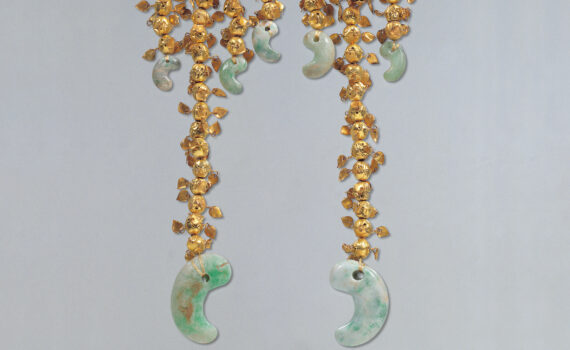
In the Silla period, individuals with the highest status were buried wearing gold crowns adorned with dangling pendants
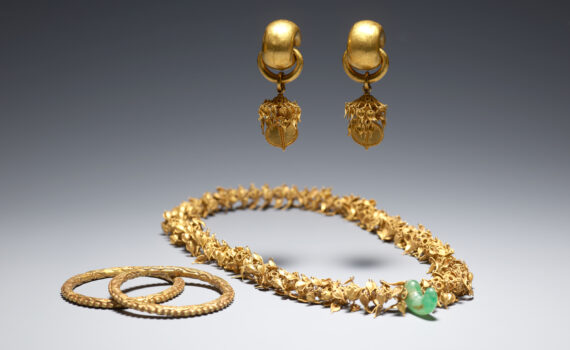
This dazzling necklace is made from openwork gold beads, each consisting of fused gold rings with attached gold spangles, with a large curved jade as the main pendant.
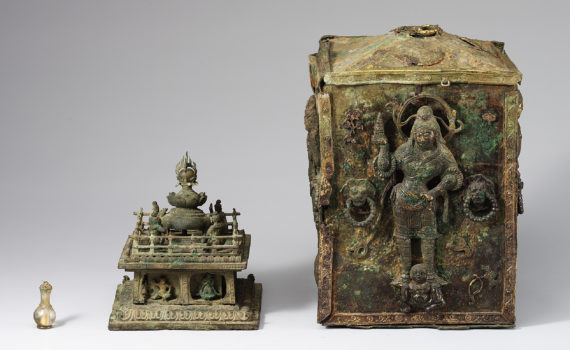
These two exceptional sarira reliquary sets each include a crystal sarira bottle, a gilt-bronze outer container, and an inner container shaped like a small palace
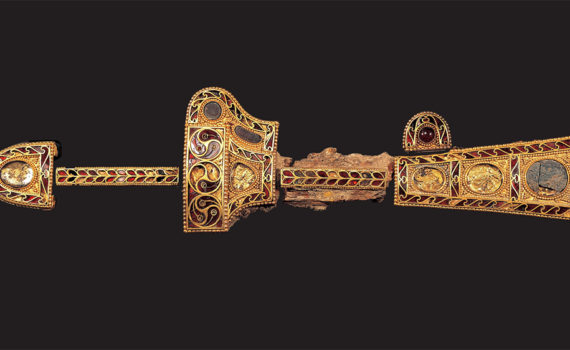
Embellished with garnet, glass, and intricate filigree design, this scabbard is believed to have been produced in Iran or Central Asia
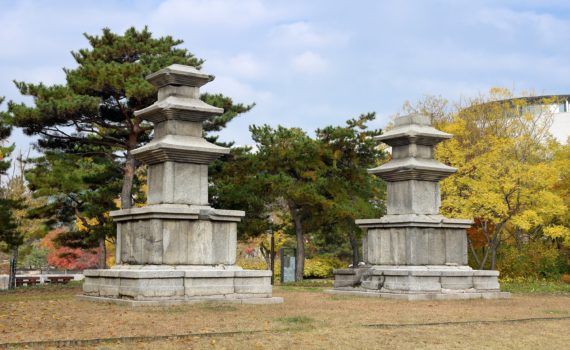
With long, even proportions and meticulously placed stones, the pagodas from Galhangsa Temple exemplify the stylistic trends of the Unified Silla period
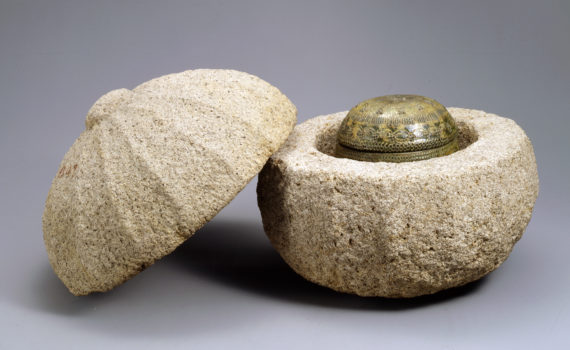
Stored inside a granite casket, this urn is elaborately decorated with a stamped pattern of flowers and covered with an even coating of green glaze
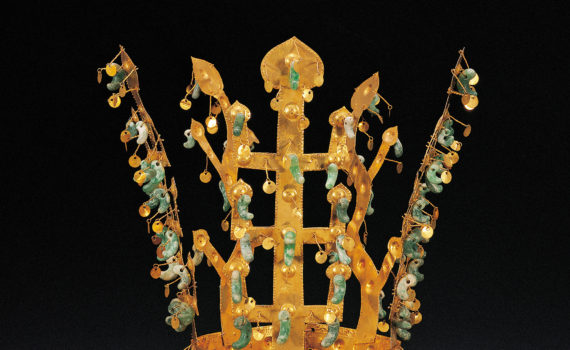
Hwangnamdaechong Tomb contained an impressive array of personal ornaments, rare imported items, and grave goods, including a queen's embellished gold crown and belt
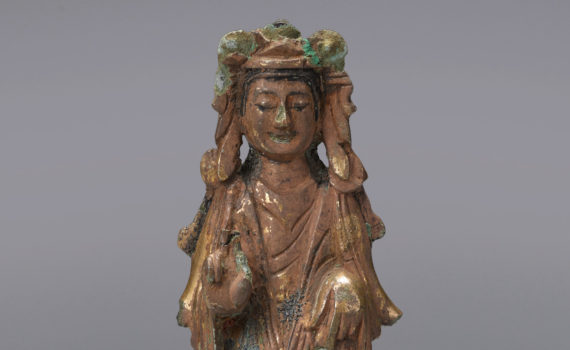
The Buddhist sculptures excavated at the temple site of Gunsu-ri are crucial for studying the early stages of Korean Buddhist sculpture.